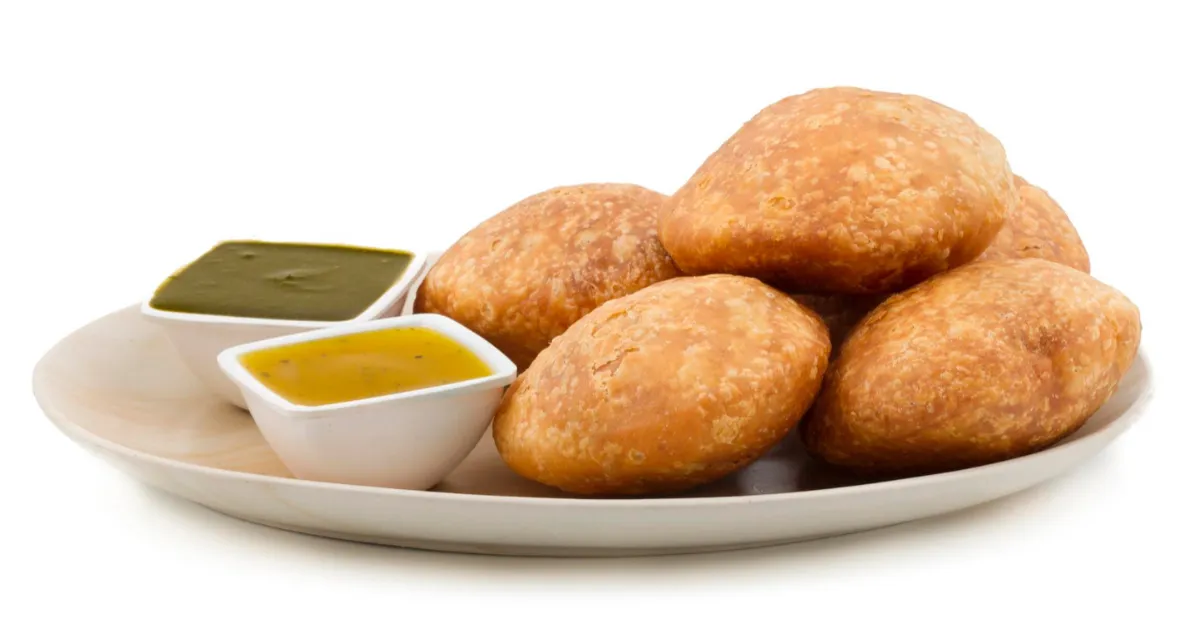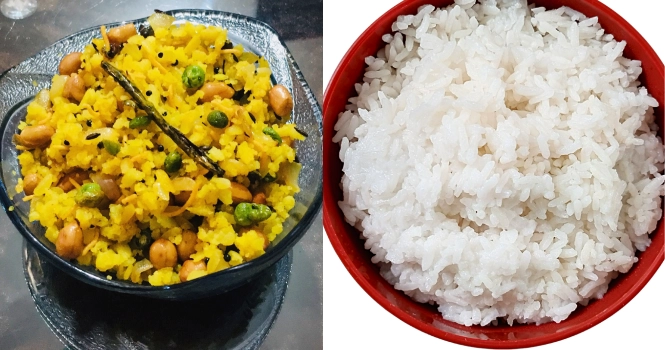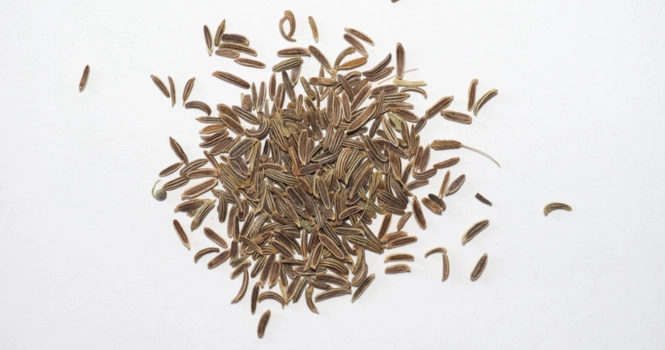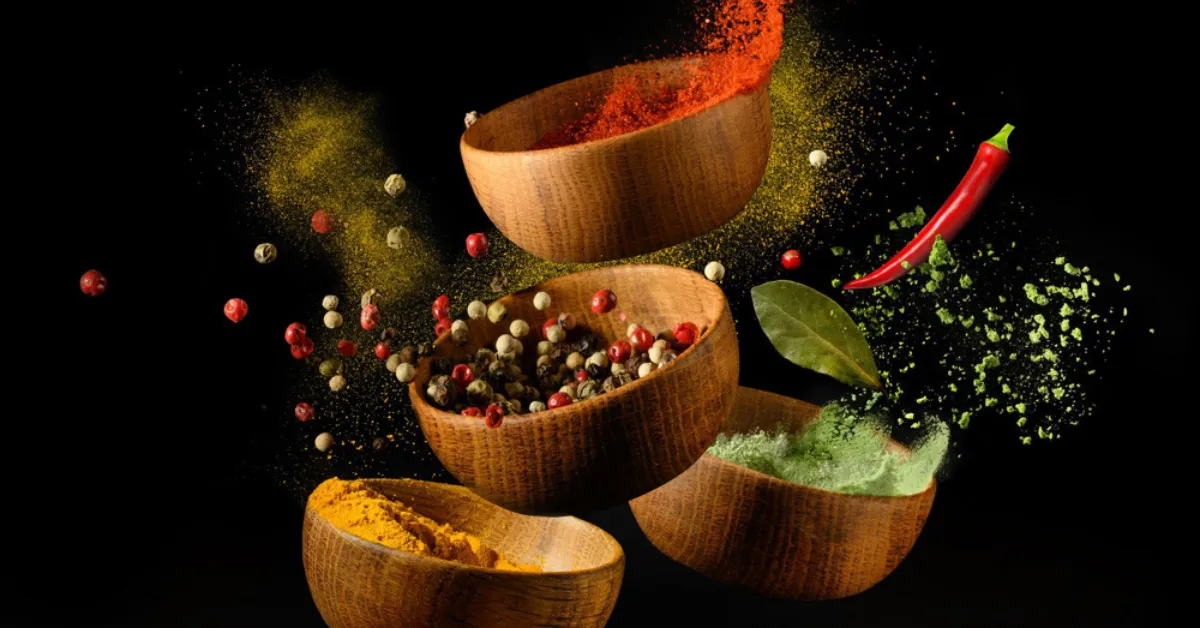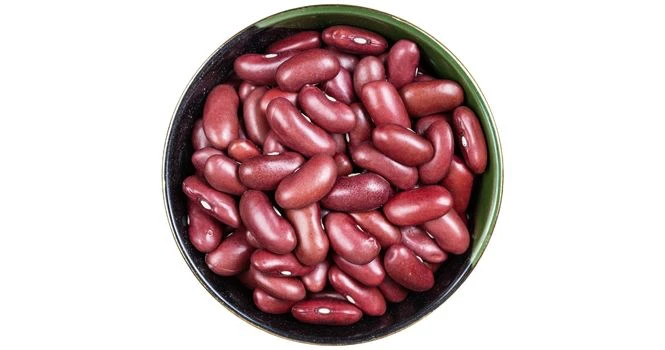The Caloric Content of a Single Cheese Cube
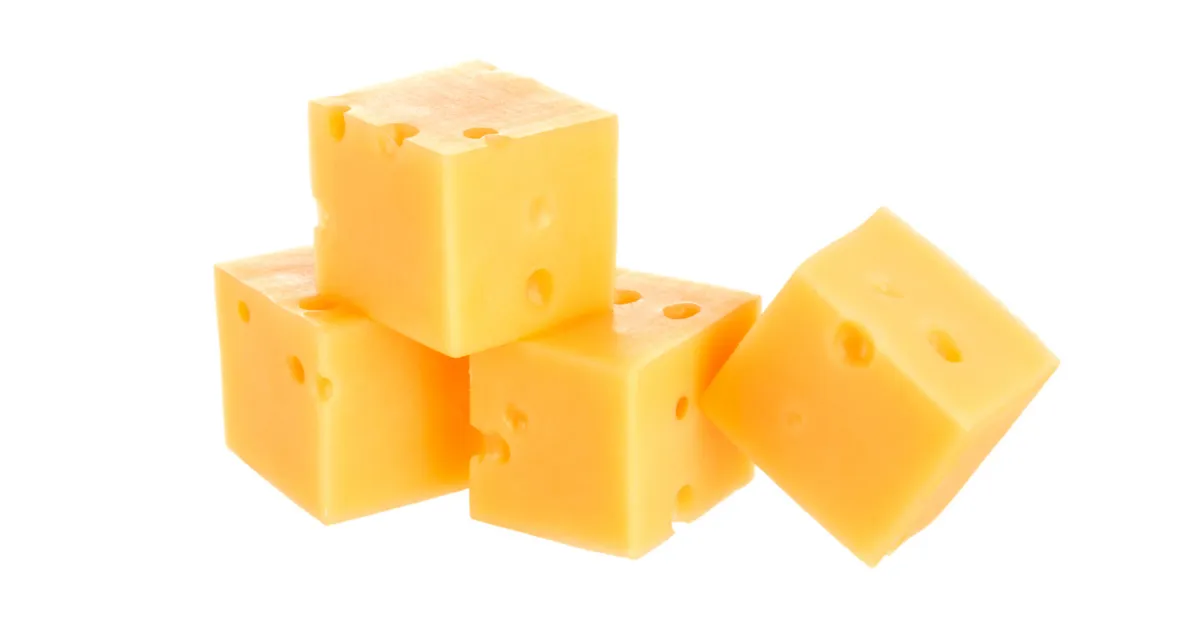
Cheese, with its rich flavors and diverse textures, is a staple in diets around the world. From enhancing a dish’s taste to being a key ingredient in various cuisines, cheese plays a vital role in culinary arts.
However, for those monitoring their caloric intake, understanding the energy content in cheese, even down to a single cube, is essential. This article explores the caloric content of a 1-inch cheese cube, factors influencing this, and the implications for those keeping a calorie count.
Caloric Breakdown
A 1-inch cube of cheese, which is roughly equivalent to 17 grams (or 0.6 ounces), can vary significantly in calories depending on the type of cheese. For instance:
- Cheddar Cheese: A cube of cheddar cheese contains about 70 calories.
- Mozzarella Cheese: A cube of mozzarella (part-skim) has approximately 42 calories.
- Swiss Cheese: A cube of Swiss cheese packs around 50 calories.
- Blue Cheese: A cube of blue cheese has about 60 calories.
These values are approximate and can vary based on the specific cheese’s fat content and density.
Factors That Affect Caloric Content
- Fat Content: Cheeses vary widely in their fat content. For example, full-fat cheeses like cheddar contain more calories than reduced-fat options like part-skim mozzarella.
- Aging Process: The aging process can also affect calorie content, as it changes the water content and density of the cheese. Generally, aged cheeses are denser and may have more calories per cube.
- Type of Milk: The type of milk used (cow, goat, sheep) and its fat percentage play a significant role in determining the caloric value of the cheese.
Nutritional Considerations
While it’s important to be aware of the calorie content in cheese, it’s equally crucial to consider its nutritional value. Cheese is a good source of essential nutrients, including calcium, protein, phosphorus, zinc, vitamin A, and vitamin B12. These nutrients contribute to bone health, metabolism, and overall well-being.
Mindful Cheese Consumption
For those who enjoy cheese but are conscious about calorie intake, here are some tips for incorporating cheese into a balanced diet:
- Portion Control: Stick to small portions, such as a 1-inch cube, to keep calorie intake in check.
- Choose Wisely: Opt for cheeses that are lower in fat and calories if you’re concerned about weight management.
- Balance Your Diet: Pair cheese with low-calorie foods like fruits and vegetables to create a balanced meal.
General overview of the nutritional content found in a 1-inch cube of cheese
| Nutritional Aspect | 1 Cube Cheese (Generic) | 1 Cube Amul Cheese |
| Weight | Approximately 17 grams (0.6 ounces) | Approximately 17 grams (0.6 ounces) |
| Calories | Varies by type; roughly 50-100 calories | Approximately 80 calories |
| Protein | Varies by type; approximately 3-7 grams | Approximately 5 grams |
| Fat | Varies by type; approximately 4-9 grams | Approximately 6 grams |
| Nutrition Facts | High in calcium and protein, contains fat (possibly saturated), may provide vitamins A, B12, and minerals like zinc, phosphorus | High in calcium and protein, contains 6 grams of fat, provides essential nutrients like calcium and vitamin A |
This table offers a general overview of the nutritional content found in a 1-inch cube of cheese, highlighting the calories, protein, weight, and other nutritional facts. The values can vary based on the specific type of cheese and its preparation method. For Amul cheese, the figures are approximate and based on common nutritional information provided for the brand.
By choosing the right type of cheese and practicing portion control, cheese lovers can enjoy their favorite flavors without compromising their nutritional goals. Remember, moderation is key to a healthy, balanced diet that includes the rich, savory taste of cheese.
